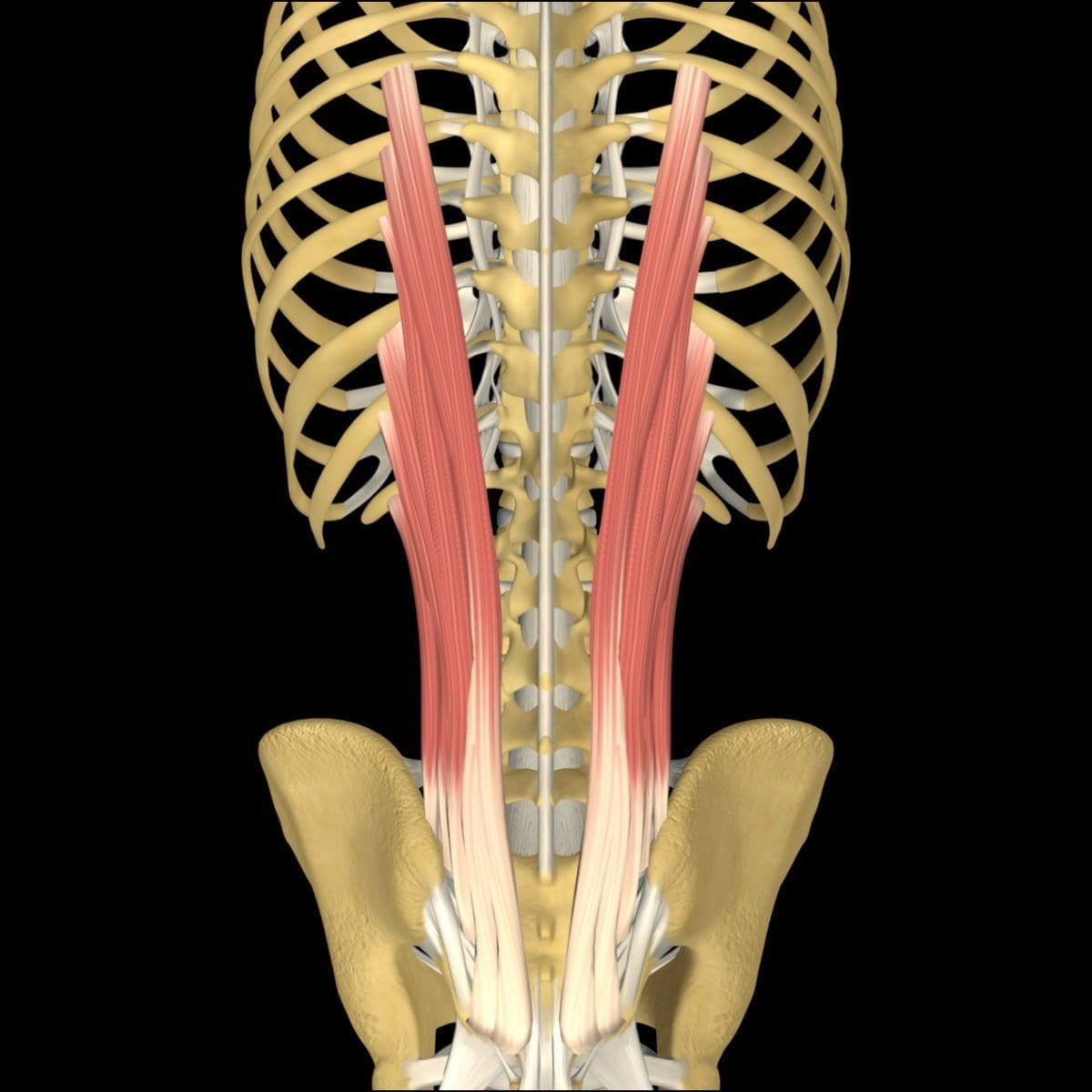
How to Get Rid of Iliocostalis Lumborum Pain Custom Pilates and Yoga
Elevation of iliocostalis lumborum muscle flap based on T10 and T11 intercostal perforators. Ribs 9-11 are segmentally resected, and T10-11 intercostal vessels are divided laterally (*). Esophageal stent through the defect (arrow) is visible and numerous sutures are placed around the defect for parachuting the flap. The blue area (arrowhead.

Iliocostalis Lumborum Muscle anatomy, Muscular system anatomy, Human
The iliocostalis lumborum is the muscle that attaches to the iliac crest and the back of the ribs. It is part of the iliocostalis column of muscles, which are responsible for the primary movement.

Iliocostalis Lumborum Anatomy Function Diagram Body Maps My XXX Hot Girl
The iliocostalis is a deep muscle of the back. It is located laterally within the erector spinae muscle complex and can be divided into three parts - lumborum, thoracis, and cervicis. Attachments: Arises from the lower thoracic and lumbar vertebrae, sacrum, posterior aspect of the iliac crest, and the sacroiliac and supraspinous ligaments.
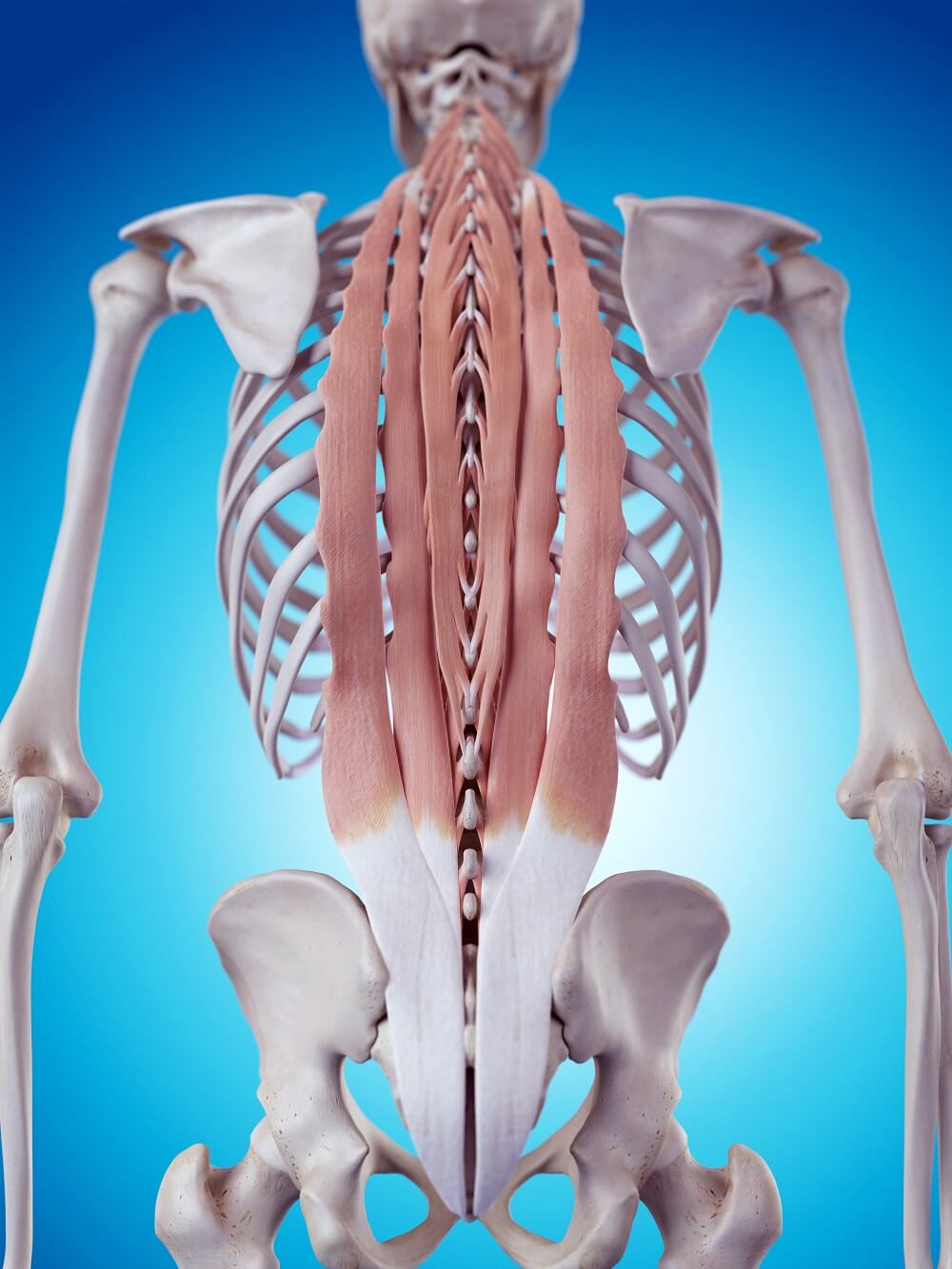
Iliocostalis All You Need To Know About Deep Back Muscle Naija Super
Iliocostalis is a dorsal muscle situated deep to the fleshy section of serratus anterior. Iliocostalis lumborum is the lower (lumbar) portion of that muscle. Literal meaning. The word iliocostalis comes from the Latin ilium, which means "flank, or groin," and costa, which means "rib." Lumborum comes from the Latin limbus, meaning.
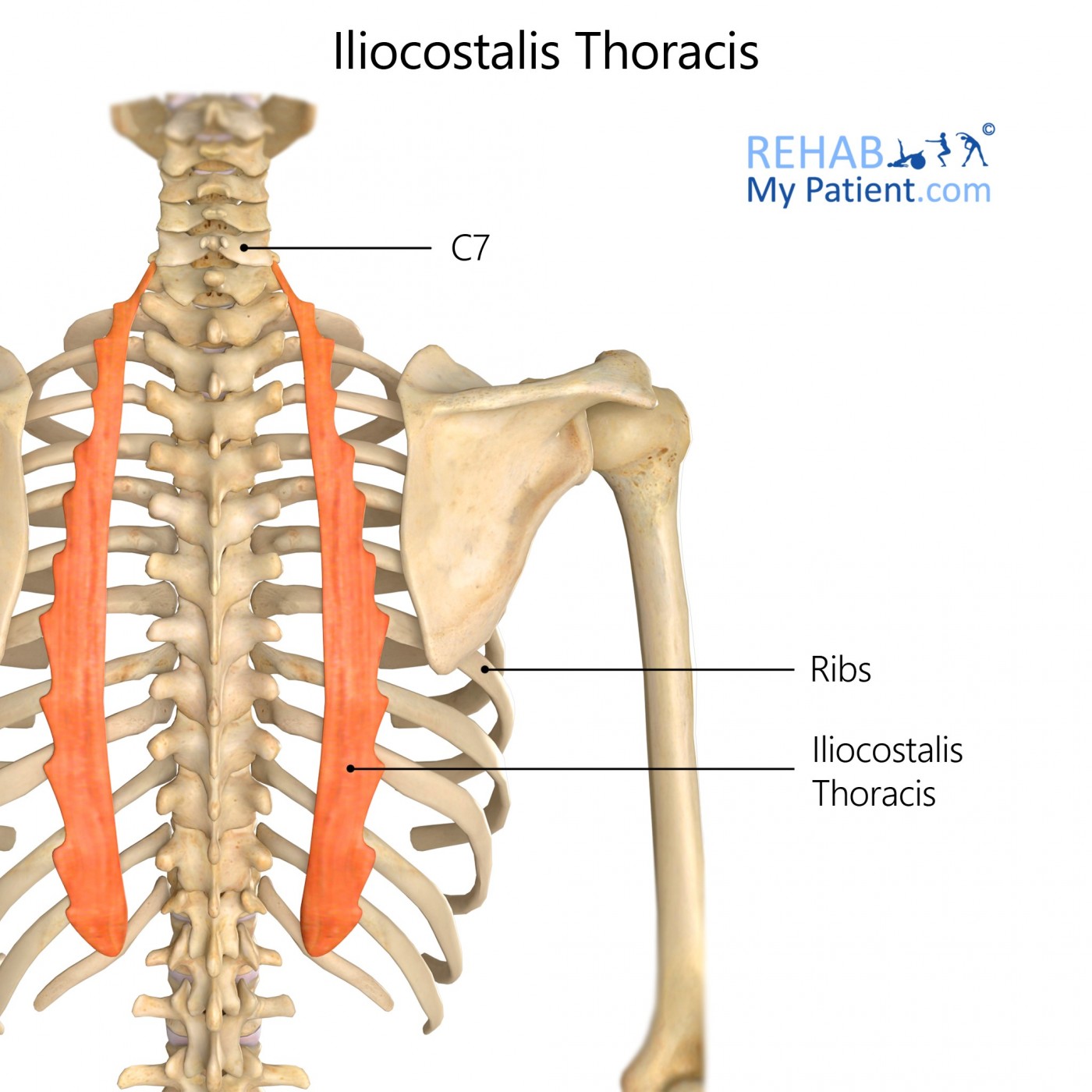
Iliocostalis Thoracis Rehab My Patient
History. The Veneto Institute Oncologico Veneto (IOV) is a Comprehensive Cancer Centre established in 2005, in consortium with the Hospital of the University of Padua, School of Medicine. IOV offers preventive, curative and palliative services to the population and improves medical knowledge through translational research.
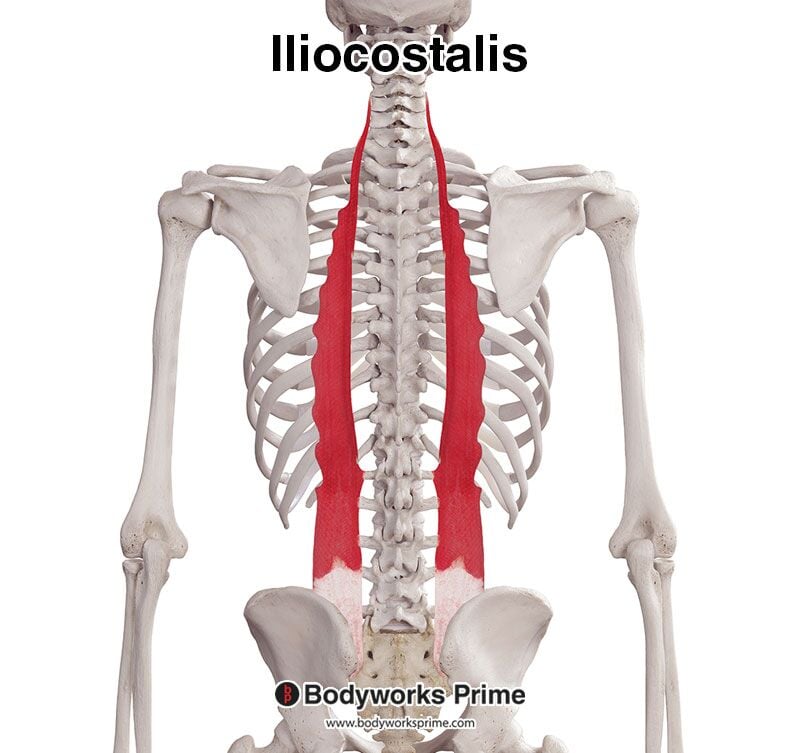
Iliocostalis Muscle Anatomy Bodyworks Prime
The iliocostalis muscles are the most lateral components of the erector spinae group.This subgroup includes the iliocostalis cervicis, iliocostalis thoracis, and iliocostalis lumborum. Iliocostalis lumborum see link.; The iliocostalis thoracis muscle: starts from the superior aspect of the angles of the lower six ribs and ascends to end on the angles of approximately the upper six ribs and.
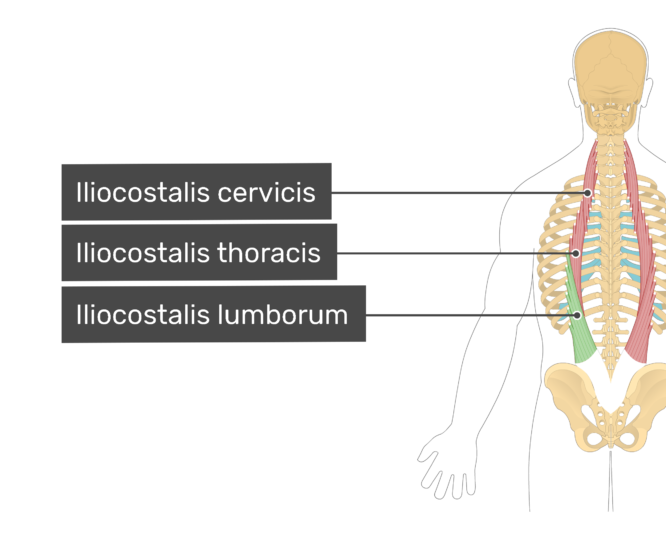
Iliocostalis lumborum muscle origin, insertion and action GetBodySmart
These clinical characteristics could be caused by MP of the iliocostalis thoracis-lumborum (ITL) muscle. However, this entity has not been well addressed in the medical literature. In this report we characterize the manifestations, diagnosis, and clinical implications of ITL MP. Study design: Observational assessment.
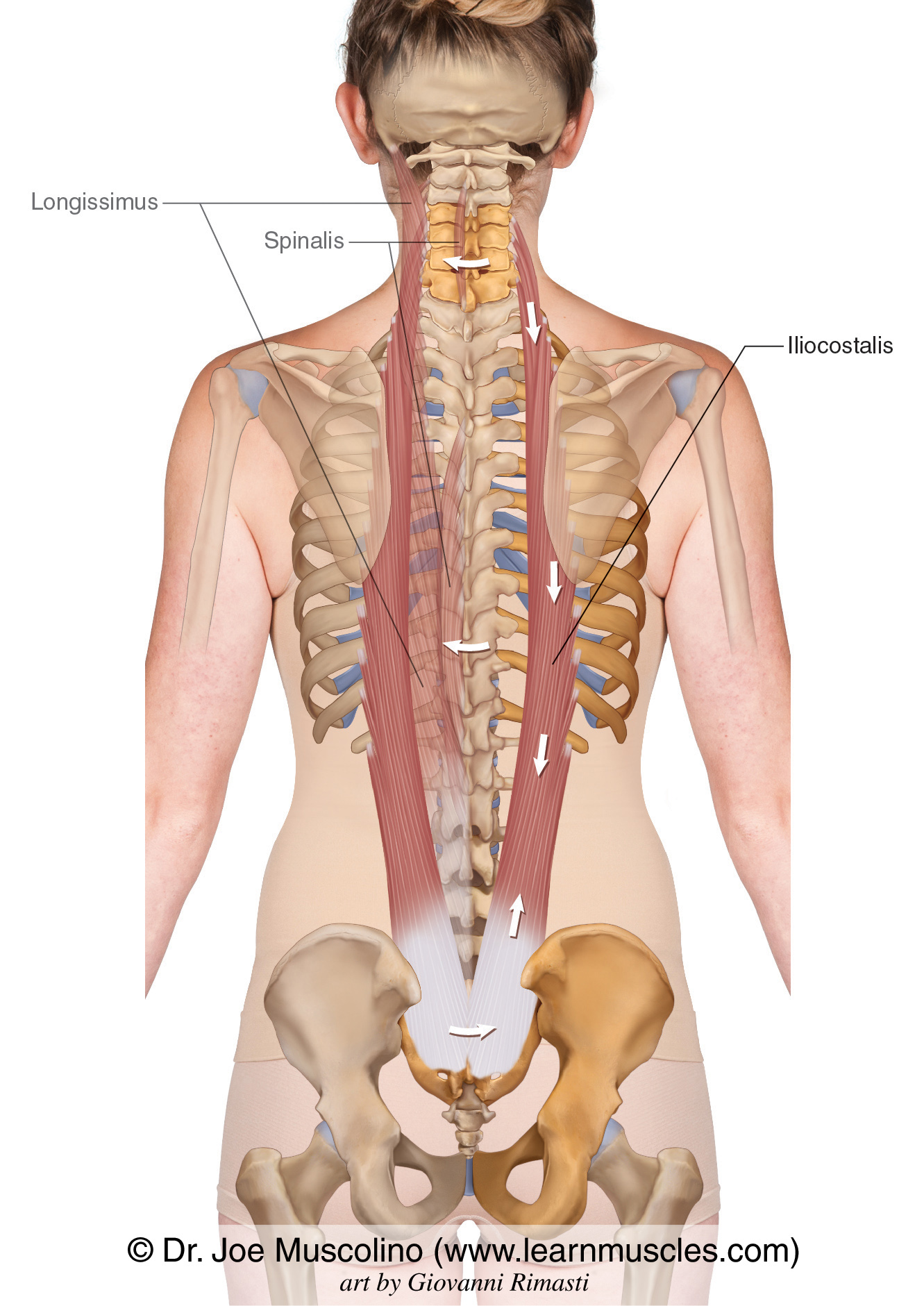
Iliocostalis Learn Muscles
Longissimus thoracis. The longissimus thoracis muscle is the largest of the erector spinae muscles. It arises from the common origin of the erector spinae muscles (see Iliocostalis Lumborum). In addition, many fibers begin from the transverse and accessory processes of the lumbar vertebrae (see Chapter 7 ). This muscle is the longest muscle of.
:watermark(/images/watermark_5000_10percent.png,0,0,0):watermark(/images/logo_url.png,-10,-10,0):format(jpeg)/images/overview_image/2246/wij84lMqTfSBZdKWwTy2Q_superficial-intermediate-deep-back-muscles_latin.jpg)
Musculus iliocostalis Anatomie & Funktion Kenhub
Longissimus muscle (musculus longissimus) The longissimus muscle is a long intrinsic muscle of the back.Along with spinalis and iliocostalis, these three muscles comprise the erector spinae group.The erector spinae is a large musculotendinous complex that runs along the entire length of the vertebral column and comprises the intermediate layer of the intrinsic, or deep, back muscles.
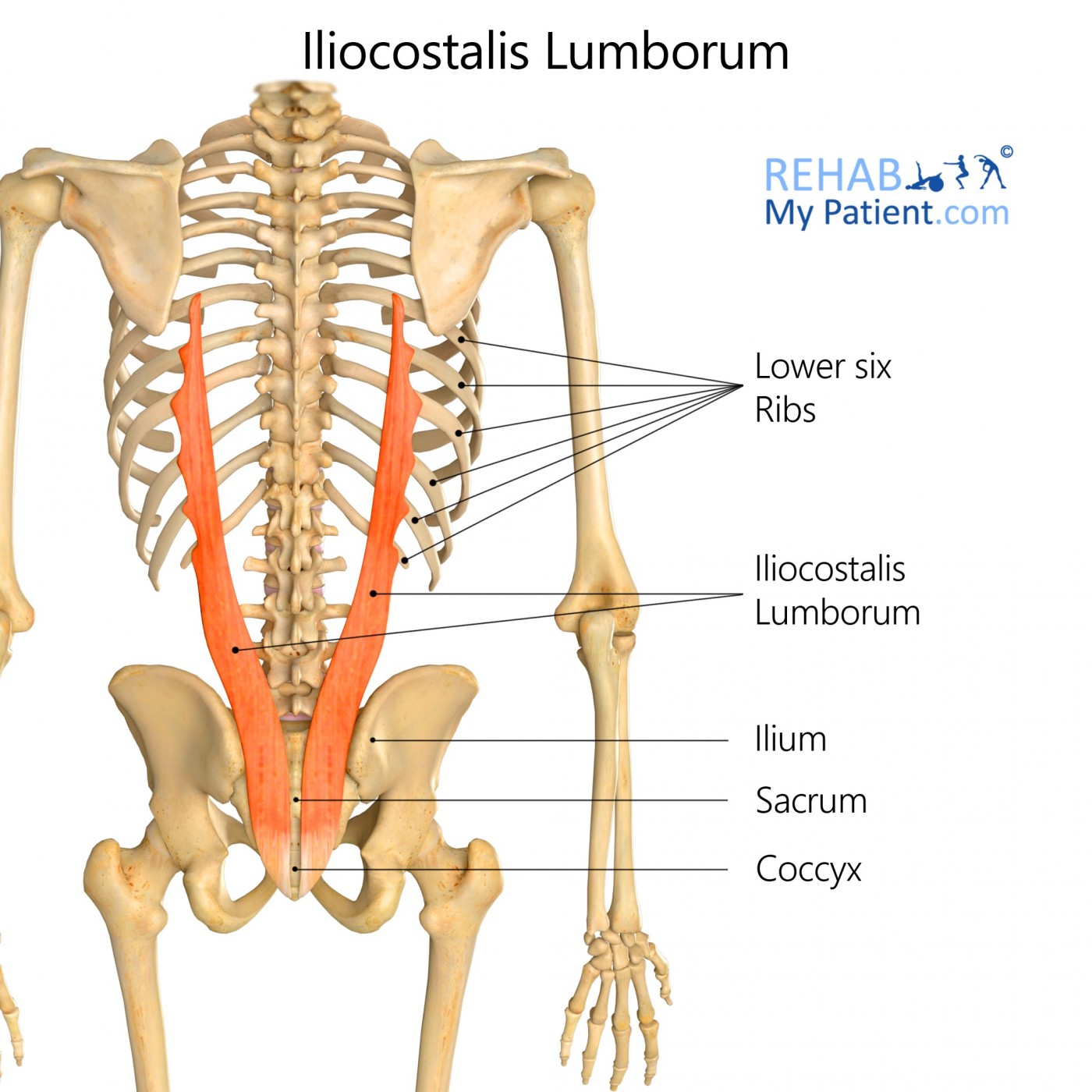
Iliocostalis Lumborum Rehab My Patient
Iliocostalis cervicis arises from the angles of ribs 3-6 and inserts to the transverse processes of vertebrae C4-C6. Iliocostalis thoracis originates from the angles of ribs 7-12 and inserts to the angles of the upper six ribs and transverse process of vertebra C7. Iliocostalis lumborum is divided into lumbar and thoracic parts.

The iliocostalis stock illustration. Illustration of posterior 56286509
Iliocostalis is a dorsal muscle situated deep to the fleshy section of serratus posterior inferior muscle. Iliocostalis lumborum is the lower (lumbar) portion of that muscle. Injury to iliocostalis lumborum may be indicated by pain concentrated in the lower back or pain in the buttocks. Common daily activities may cause injury to the muscle including lifting a heavy object, rotating while.
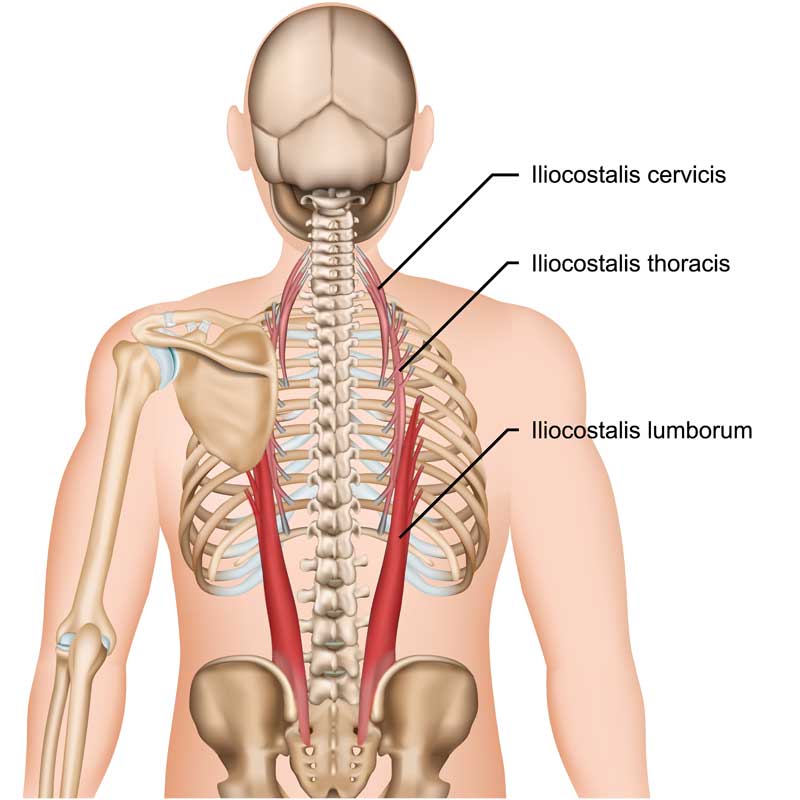
Iliocostalis Lumborum Anatomy Origin, Insertion, Actions, Innervation
Iliocostalis lumborum (iliocostalis muscle; sacrolumbalis muscle) is inserted, by flattened tendons, into the inferior borders of the angles of the lower six to nine ribs. Nerve supply. Iliocostalis muscle is supplied by the dorsal rami of spinal nerves. Function..

Musculus iliocostalis Muscle anatomy, Body anatomy, Human body muscles
ferred pain of MP of the iliocostalis thoracis-lumborum (ITL) muscle is located at the frontal aspect of the torso (chest, abdomen, and pelvis) (5) (Fig. 1), it can represent a clinical challenge even to seasoned clinicians. In our ED, emergency medicine residents receive di-dactic material, lecturing, and bedside teaching about

M. iliocostalis YouTube
The quadratus lumborum (QL) muscle resides in the deep and posterior, lateral, and inferior areas of the spine, involving the iliac crest, the transverse processes of the lumbar vertebrae, and the 12th rib. The muscular organization is complex, and it is difficult to identify precisely the actions that occur through the contraction of fibers. It is an integral part of the thoracolumbar fascia.

Anatomy Stock Images spinemusculusmultifidusquadratuslumborum
A six-year-old intact male Chihuahua dog was referred for vomiting, diarrhoea and weight loss. Ultrasonographic (US) and computed tomographic examination revealed a focal thickening in the jejunum, with no signs of gross metastatic disease.

iliocostalis lumborum YouTube
The fibers of the iliocostalis lumborum muscle travel superiorly along the back and insert onto the: - transverse processes of the first to fourth lumbar vertebrae; - angles of fifth to tenth ribs. There can be variations between individuals regarding the insertion sites for the iliocostalis lumborum muscle (Tubbs, Shoja and Loukas, 2016).